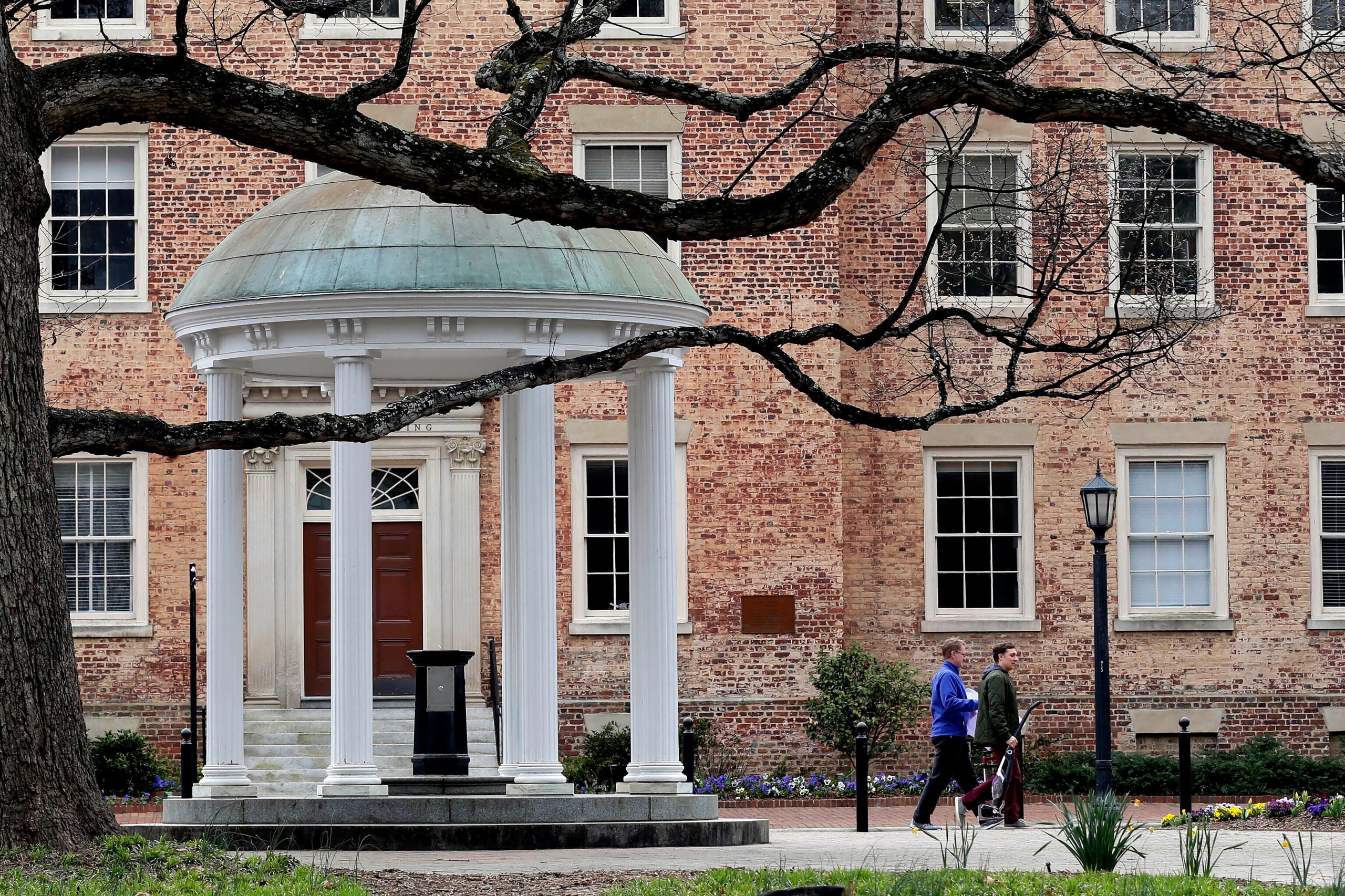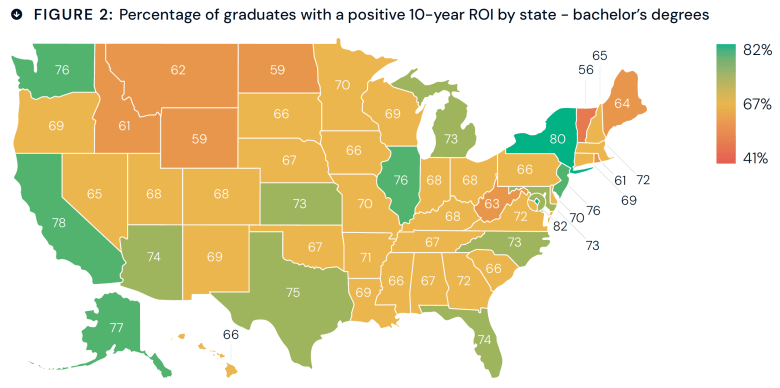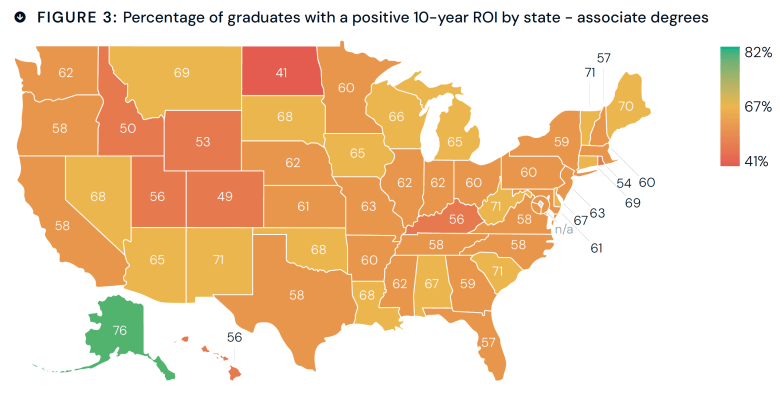But after learning he had won first prize, he realized that his stories didn’t have to inspire everybody at once. “Every story has some kind of relevance good enough to satisfy the thirsts of inspirations for a set of audience,” he said. “This has even given me the confidence to share everything I have found irrelevant before.”
By encouraging students to enter their stories we are asking them to first assess their own work. We want them to understand that what they created is worthy of critical assessment.
The students aren’t the only ones to take lessons away from contest. That’s what Tim Agnew, an expert in commercial finance and economic development and a member of News Decoder’s Advisory Board, discovered when he served on the judging panel that awarded Fofana first prize. “By reading the stories, I not only learned what students are thinking about, I learned about issues and challenges in the world that I wasn’t aware of,” Agnew said back then. “That is the mark of great journalism.”
If students enter their work early enough, we give them the opportunity to work with us to revise it. Some 600 students have entered their work into our competitions.
Finding themselves worthy
The point for News Decoder isn’t to determine which story is “best”. Instead, we want young people to realize that even if ultimately they aren’t chosen as the best, they deserve to be considered among the best.
Their work, their creation is worthy of consideration. And the stories they found to tell, whether about themselves or others, are important stories that should be read and heard — that their voice and the voices of the people they interviewed for the article matter.
The results of each competition are always a bit of a surprise. All student stories that News Decoder publishes throughout the year automatically get entered into the contest, so you would think that it would be those stories that would win. After all, to get published on News Decoder, a student needs to persevere through our signature Pitch, Report, Draft and Revise process, and that means that they have received significant feedback and professional editing from us.
But that isn’t the case. In each contest, the judges invariably pick a mixture of stories: some that have been published on News Decoder ‚ although they don’t know that when they read them — and some that are drafts that haven’t been previously read by us.
This reflects our philosophy. When a student sends us their story pitch and story draft, we will never tell them it isn’t worthy of publication. The message we send is that it is a great beginning; that you can bring any idea to fruition and take anything you have done and make it even better.
Perseverance not perfection
This is important in the age of artificial intelligence. We want young people to accept the idea that AI is a beginning, a tool they can use to explore big, complicated ideas and a tool that will help them create something unique and original. But it is just part of a process.
This is why we see journalism as a great way of fostering all kinds of things: media literacy and global awareness, critical thinking and empowerment. Ask any journalist about any story they have done and they will tell you that if they had just a little more time and more resources it would have been a better story.
Journalism is an exercise in getting just enough to make a story accurate and convincing and that has context and clarity. In journalism there is no perfect. Each source you get makes your story stronger, each draft you write makes it more powerful.
Journalists work under a deadline because if they didn’t have that deadline, they would never stop reporting and writing that story. It is a process of steady improvement. And it involves working with an editor so it is a process of collaboration with others to make something better.
With our storytelling competitions, we give students a difficult challenge. First they must come up with an original topic to explore and find credible sources for their information. Then, if they are telling other people’s stories, they need to interview someone. If writing about their own experience, they need to show how that experience is relevant to a global audience.
Great stories from student journalists
Twice a year, students deliver.
Back in 2024, I noted that the variety of the topics showed how much and about how many things young people care about — problems happening around them and in other parts of the world. And I noted how impressed I was at the breadth of their sourcing.
“Every time we do this contest I am reminded that great journalism isn’t something only seasoned professionals can produce,” I said at the time. “Young people have the knack for asking really perceptive questions and the persistence to find people who can provide the answers.”
It is our mission at News Decoder to give students the opportunity to ask those questions and the forum to explore the problems they see happening around them. We want to show them that they can start a conversation about those problems with a worldwide audience.
It is our hope that from this they will realize that the world isn’t too confusing to care about and that they don’t have to zone out and tune out to what is happening around them and across the world.
We want to empower them to ask questions and get answers and find the people working on solutions. By telling important stories through that exploration, they can help make the world a little more understandable and a little more connected.
Graves noted that teens are our next generation of leaders. “Nothing could have made Arch Roberts more proud than to see News Decoder students put themselves forward as they prepare to inherit the earth,” he said.
For 10 years it has been our mission to inform, connect and empower youth. We intend to keep doing it for another decade. You can check out the winners of our last competition here and more about our academic programs here. If you aren’t already part of our News Decoder network, we would love for you to join us.















